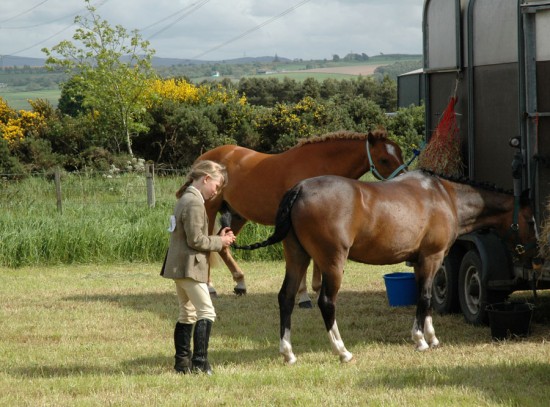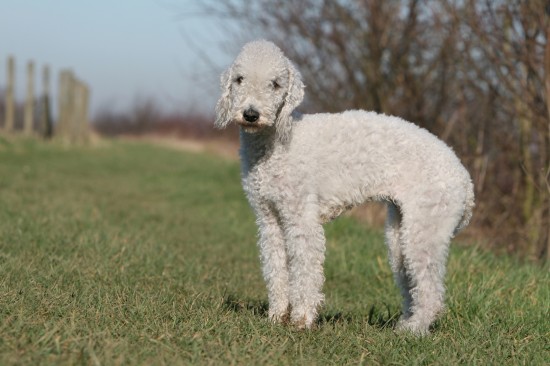

Whether you enter shows and competitions with your horse, like the odd day riding at the beach or need to move your horse to a new area, most horse and pony owners will need to transport their horse or pony by road at some point, using a horse box or lorry.
Many horses and ponies can be boxed and transported without incident, but for horses not used to the experience, or that have possibly had a fright or bad experience being transported in the past, the experience can be frightening. If your horse or pony is a nightmare to transport, won’t walk into the horsebox or lorry, or becomes unduly stressed during the procedure, it can be both frustrating and worrying- but don’t worry, help is at hand! Read on for our essential tips on loading and transporting your reluctant horse or pony successfully.
If your horse has had a fright or suffered a bad experience while being transported in the past, the worst thing that could happen is for that experience to be repeated the first time you successfully load them after the event.
So it’s important that before you begin, you make sure your horse or pony is adequately protected with boots or bandages, a poll guard, sufficient padding and bedding in the lorry or trailer itself, and no sharp or dangerous edges which your horse could catch on. Similarly, the trailer or lorry you are using should be sturdy and in a good state of repair- not wobbly or shaky when your horse steps aboard.
When all goes to plan and assuming your horse or pony is calm and happy with being transported, you should have your lorry or trailer set up ready for your horse or pony, with both of the back doors open, the ramp down, the guide rails set up, and the partitions ready for use.
Your suitably booted and protected horse or pony should have enough room to be walked briskly up to the ramp in a straight line, and walk straight on board and be secured, with partitions and safety devices put into place quickly after loading and your horse kept calm and reassured at all times.
The lorry or trailer (which should already be hooked up to the car, tested and ready to go) can then be closed up, and you’re ready for the off.
If you’re one of the many horse or pony owners for which the above description seems like a distant dream, don’t get too disheartened- you’re by no means alone! The good news about that, however, is that over time, horse and pony owners have formulated many different tricks and approaches to loading a reluctant horse or pony, which should go some way to helping you out.
You may need to try any or all of the following to load your horse or pony successfully!
While the loading and unloading process itself can be the root cause of fear or unwillingness to load for transportation, the vast majority of horses and ponies which are unwilling to load are reluctant due to previous bad experiences when on the road.
Avoid undoing all of your good work and causing a repeat of past problems by making sure that every journey is a good experience for your horse.
 Top Grooming Tips For A Bedlington Terrier
Top Grooming Tips
Top Grooming Tips For A Bedlington Terrier
Top Grooming Tips
 What Factors Contribute To Hereditary Health Problems In Dogs?
What Factors Cont
What Factors Contribute To Hereditary Health Problems In Dogs?
What Factors Cont
 Equine Hoof Shape & Lameness - Valuable Research Carried Out
Equine Hoof Shape
Equine Hoof Shape & Lameness - Valuable Research Carried Out
Equine Hoof Shape
 Making Your Pet Comfortable No Matter Where You Are
Most dogs need that secure feeling of home. But to have
Making Your Pet Comfortable No Matter Where You Are
Most dogs need that secure feeling of home. But to have
 Give Your Bunny Pets Huge Rabbit Hutches That Makes it His Bedroom
Give Your Bunny Pets Huge Rabbit Hutches That Makes it His
Give Your Bunny Pets Huge Rabbit Hutches That Makes it His Bedroom
Give Your Bunny Pets Huge Rabbit Hutches That Makes it His
Copyright © 2005-2016 Pet Information All Rights Reserved
Contact us: www162date@outlook.com